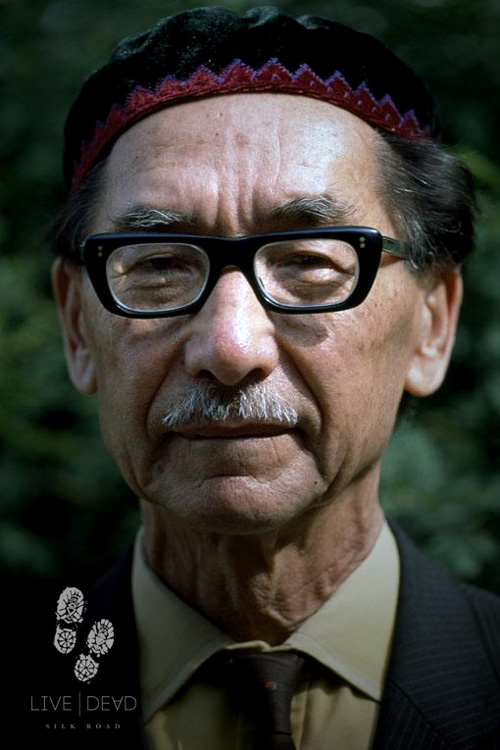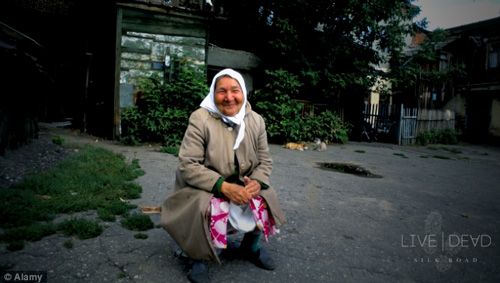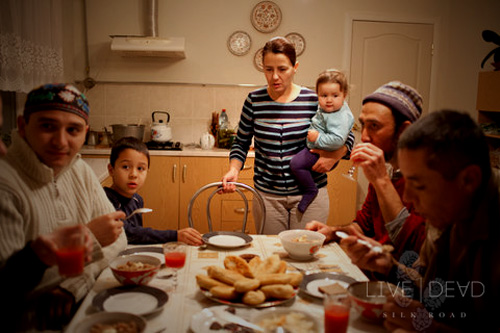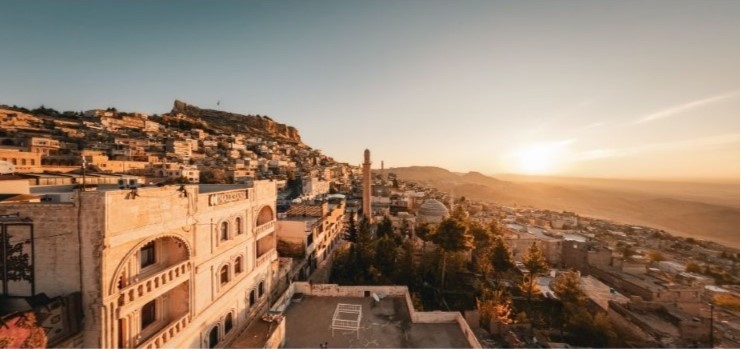UPG File: The Tatars
[column width=”1/6″ title=”” title_type=”single” animation=”none” implicit=”true”]
[/column]
[column width=”3/4″ last=”true” title=”” title_type=”single” animation=”none” implicit=”true”]
Our destiny is written on dark pages:
Tatar people scattered around everywhere!
But Look! Tatars have not lost
Their tradition and their way of life, anywhere!
-Eskender Fazil, “But Look…”
The Tatars (or Tartars) have a rich and tumultuous history in Asia, spreading across the continent from Turkey through Russia and Central Asia as far as Mongolia and China.
Tatars are a strong people and have survived
• Mongolian invasions,
• Russian conquests,
• Ottoman subjection,
• Christian persecution, and
• Soviet oppression.
These trials of the Tatars have resulted in a diaspora that has left this group of people longing for acknowledgment and a home of their own. The most recent upheaval occurred in 1944 when Josef Stalin deported 200,000 Crimean Tatars to Central Eurasia.
 Stalin accused the Crimean Tatars of working with the Nazis. Their exodus was sudden, taking just three days, during which the majority of women and children died. The remaining Tatars set up new lives in the Soviet republics of Central Eurasia.
Stalin accused the Crimean Tatars of working with the Nazis. Their exodus was sudden, taking just three days, during which the majority of women and children died. The remaining Tatars set up new lives in the Soviet republics of Central Eurasia.
After the breakup of the USSR in 1991, the Tatars began migrating home, returning to Ukraine or settling in Tatarstan, a republic within and subject to Russia. Today, around 1,000,000 Tatars are spread across the countries of Central Eurasia, mostly residing in Uzbekistan and Kazakhstan. Fewer than 1% of them identify as followers of Jesus.
Tatar interactions with Christians in the past have left them scarred. As the Russians began their conquests of the Tatars and other peoples, they sought to convert the people to Russian Orthodoxy by force, burning mosques and persecuting Muslims. Many Tatars returned to Islam once state-sponsored oppression subsided.
Tatars historically fared better under Islamic rule than under the Russian and Soviet rules of recent times. Tatars value education and culture, enjoy the arts, and the majority of them are well-educated. Centuries ago their cities were considered cultural centers in the Islamic world.
Tatars are predominantly Sunni Muslim, and Central Eurasian Tatars tend to be more conservative than their more liberal Islamic counterparts in Russia and Eastern Europe.
The Tatars today need to encounter a church of love and peace rather than one tainted by imperialistic zeal. They need to meet Central Asian Christians who will reach out in friendship. Pray for the softening hearts of the Tatars towards Christians, and pray for the Central Asian church to welcome and encourage their Tatar neighbors. Pray for the healing of old wounds.
Pray that strong churches will be raised up among the Tatars. Pray that nominally Orthodox Tatars will encounter Jesus in a deeper, personal way.
Sources:
Fazil, Eskender, and Mubeyyin B Altan. “But Look… (Amma Bak Ya…).” International Committee for Crimea. 2014. Web. 27 Oct. 2014. .
Podrabinek, Alexander. “Crimean Tatars: Back to the Past.” Institute of Modern Russia. 4 Aug. 2014. Web. 25 Oct. 2014. .
“Tatar.” Joshua Project. 2014. Web. 27 Oct. 2014. .
[/column]







